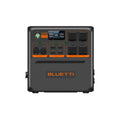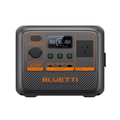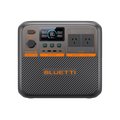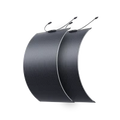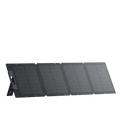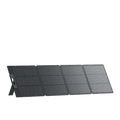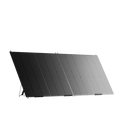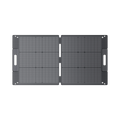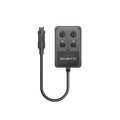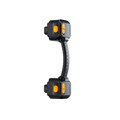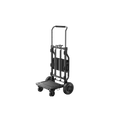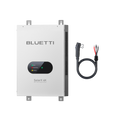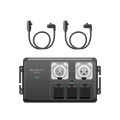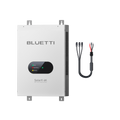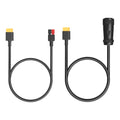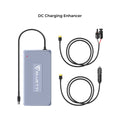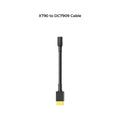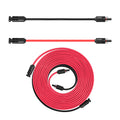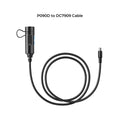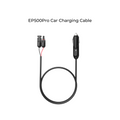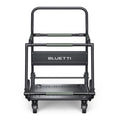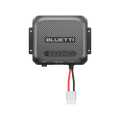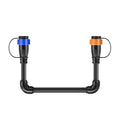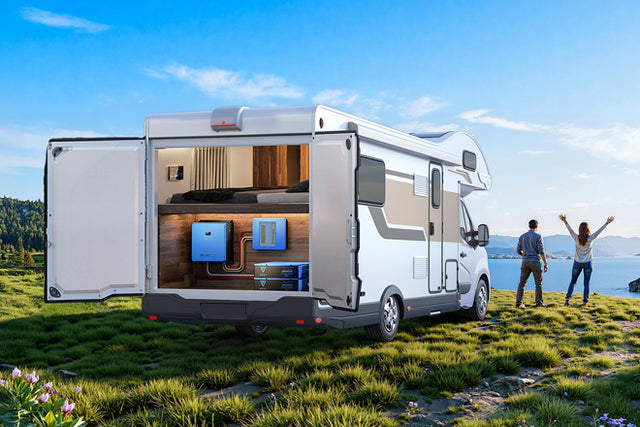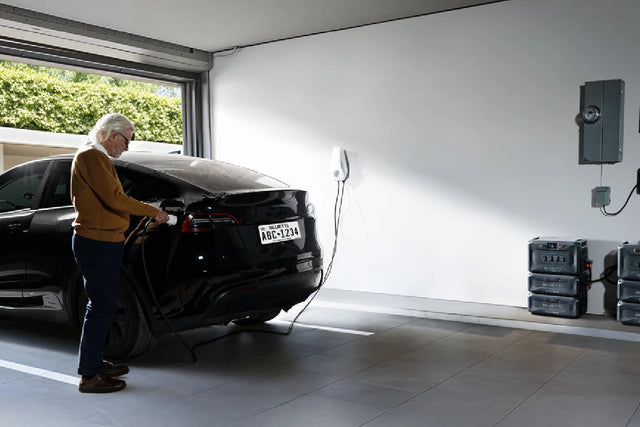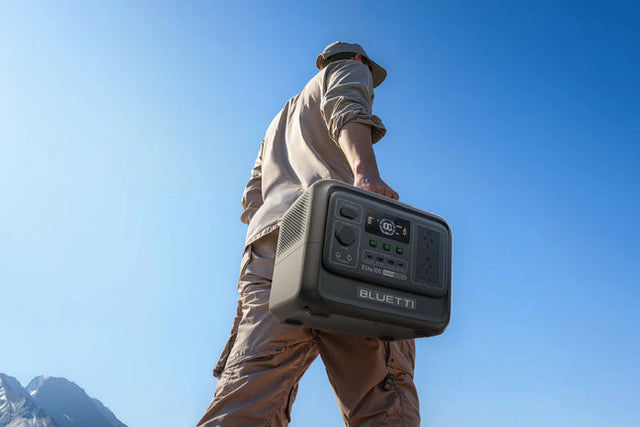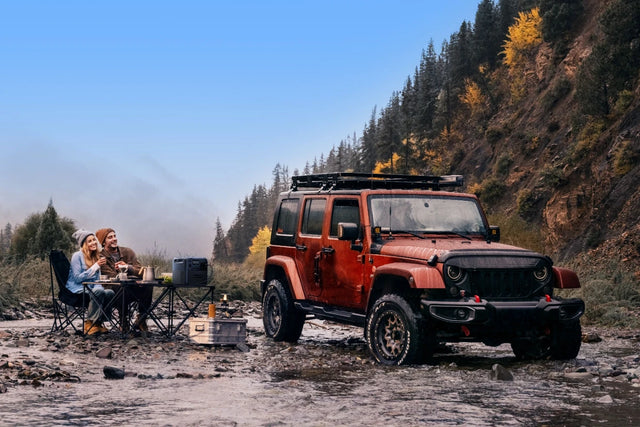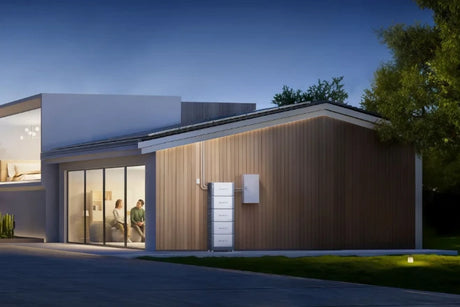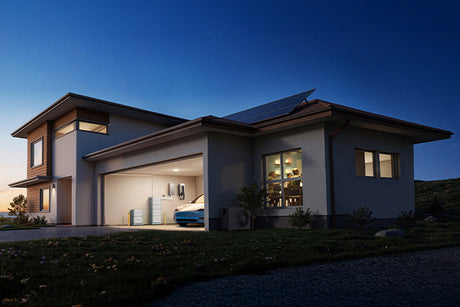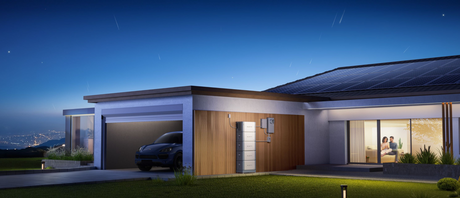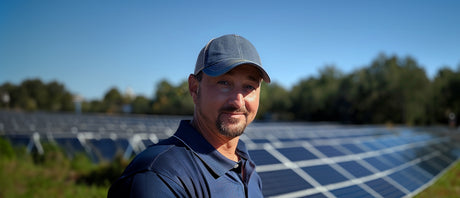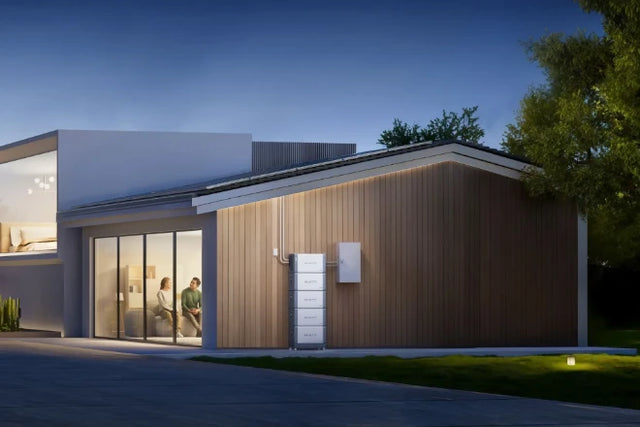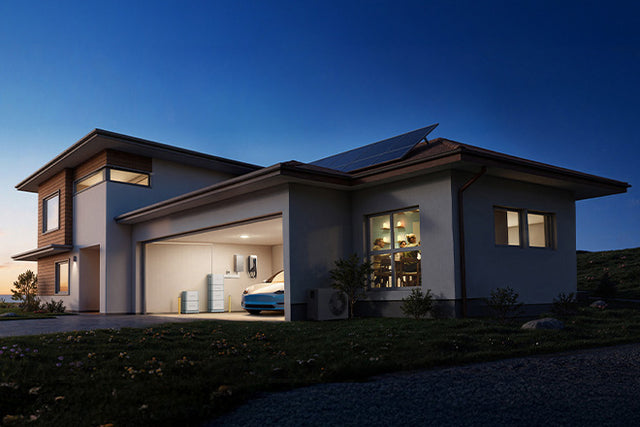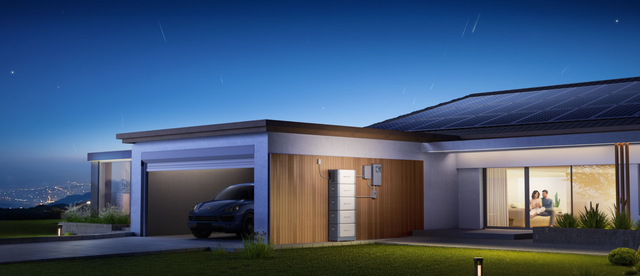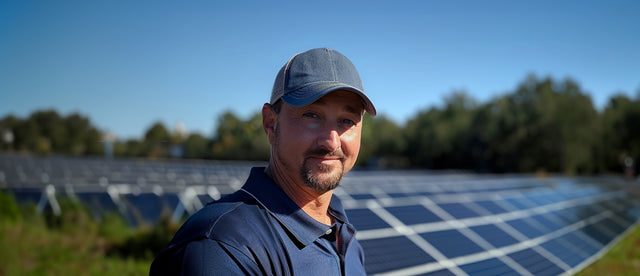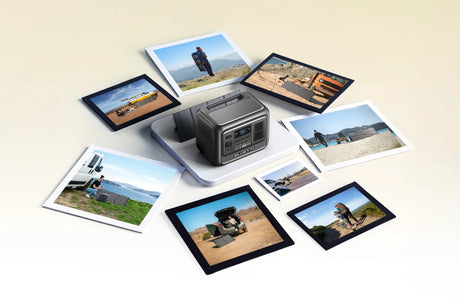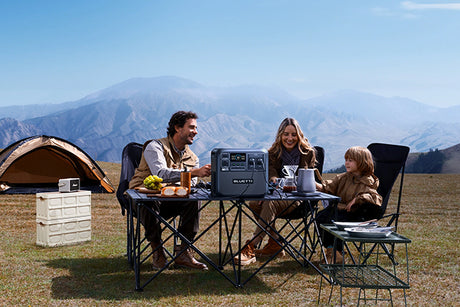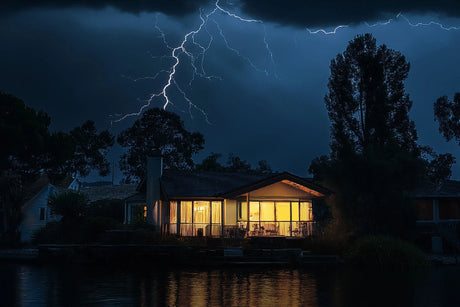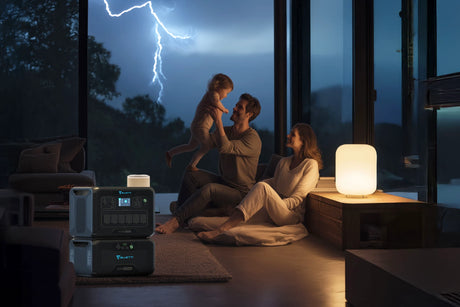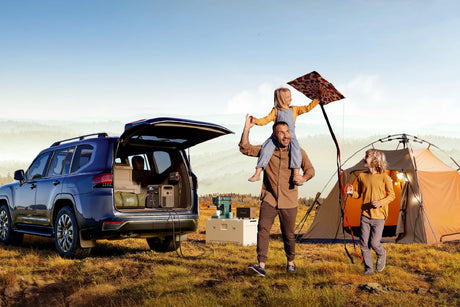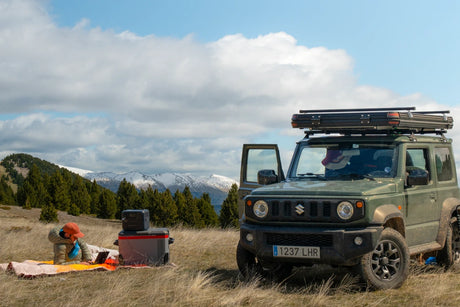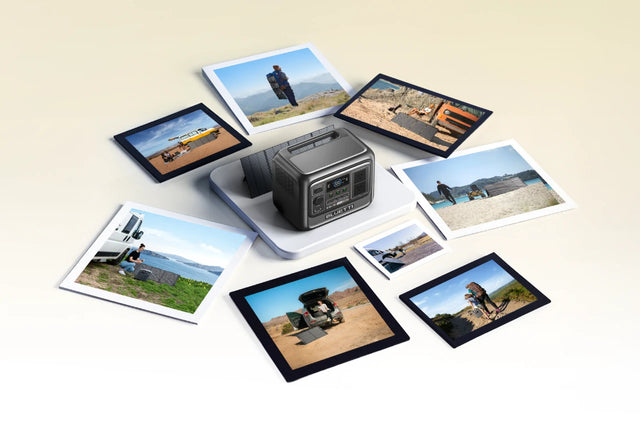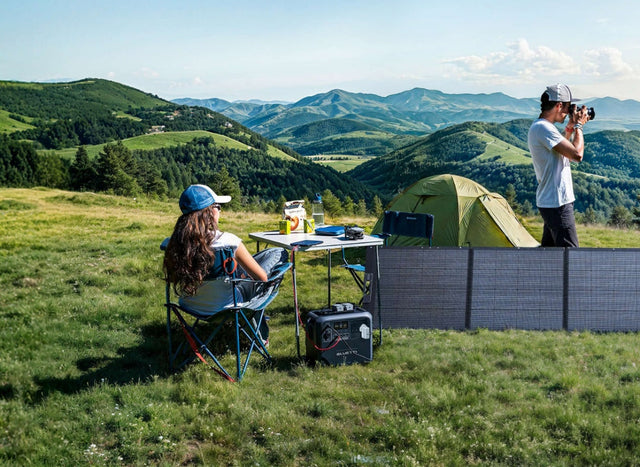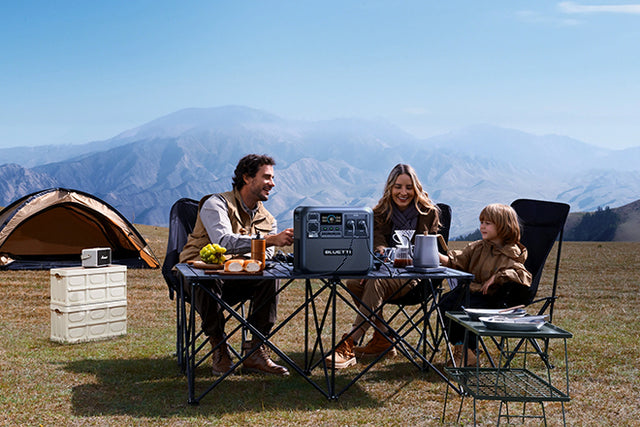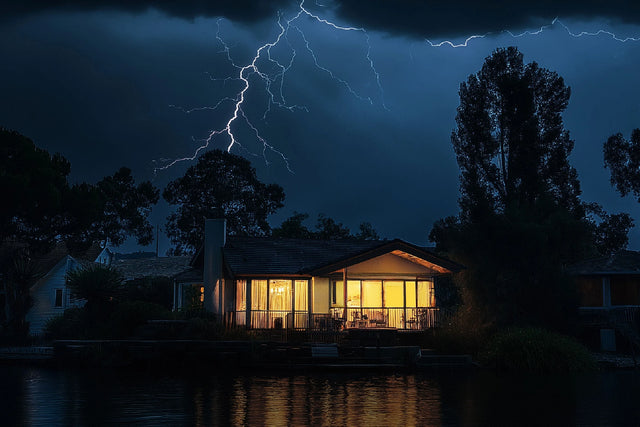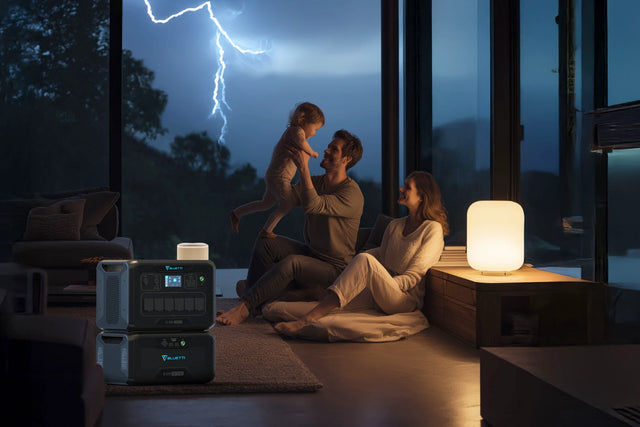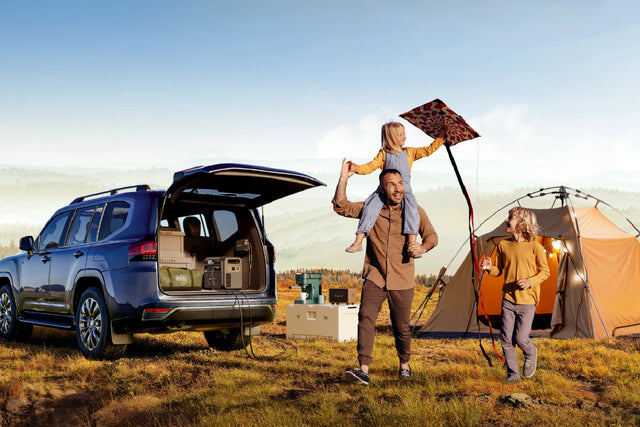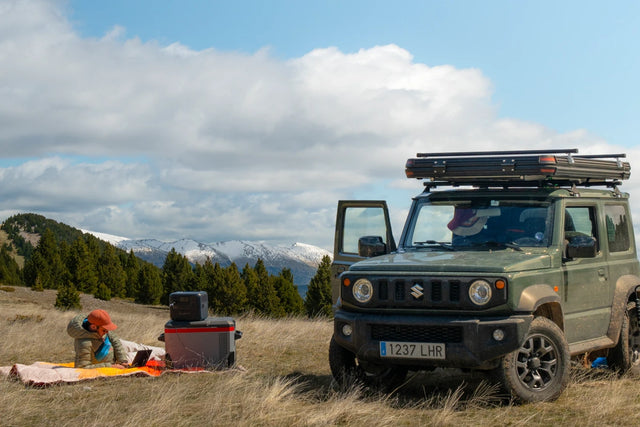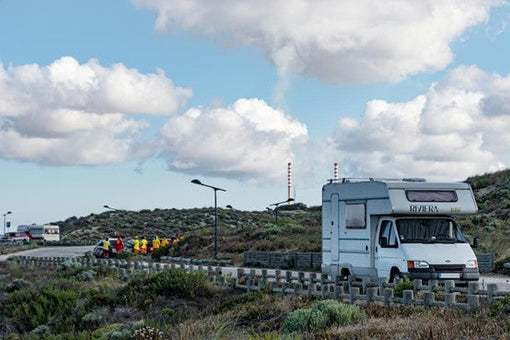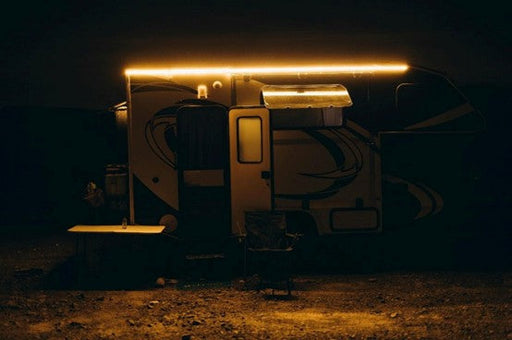Whether you are an outdoor enthusiast, a road tripper, or an off-grid living supporter, you know how hard it is to keep food and drinks cold and fresh. To have ice in the cooler does not really keep the food preserved. Basic ice coolers are a temporary measure that will leave you with watery food and tepid drinks after a day or two. Best portable fridge freezers and electric coolers are the best. They have been a game-changer if you are camping or just going out for the weekend or week-end break. They will store your food cold within, and ice is never needed within the cooler.
What is the Best Portable Fridge Freezer?
Vehicle fridges are independent refrigeration units. They don't require ordinary electricity. Camping fridges work on a different basis than your home fridge. They don't require constant AC power. Instead, they will run on 12-volt DC. This can be from a car, a 24-volt system, solar power, or portable power stations. Car fridge freezers are ideal for camping. Also included is overlanding, RV camping, van dwelling, & backup food storage. Since they are multi-power capable, they are a great item to own.
These appliances feature efficient cooling systems. In this case, they utilize compressor-based refrigeration systems. They work just like your refrigerator. However, they have been made for mobile use. The more expensive 12V compressor fridges usually feature:
- Variable speed compressors that change their cooling levels according to demand
- Smart power management to drain battery life
- Dual zone refrigeration and freezing capabilities
- Phone-connected digital temperature control through the app
- Shock resistance to withstand vibration and external temperature
How Portable Fridge Freezer Works?
Refrigeration technology is important to know. This is especially so when trying to figure out the best portable fridge to purchase. Compressor portable fridge-freezers employ the very same technology as industrial home recirculation appliances. Their components are designed to be efficient. They last for long periods on mobile usage.
Compressor Technology
These compact energy-saving appliances operate on a refrigeration cycle. A refrigerant is employed in an evaporator and condenser circuit and a compressor. Many quality models use variable-speed compressors, which recirculate refrigerant while adjusting cooling capacity. When room temperature rises, or warm objects are introduced into the appliance, the compressor speeds up to balance the demand and maintain the set temperature. If conditions are stable, the compressor will slow down or shut off completely to conserve battery life.
When you can choose it:
- If you need true refrigeration or freezing.
- For long trips, off-grid living, or overlanding.
- When efficiency and battery-friendliness matter.
- Best all-around option.
Absorption Cooling
Certain RV refrigerator units use absorption cooling operation. They are quiet and utilize a source of heat, such as an electric heating element or a propane flame. They have fewer moving parts but are less efficient than a compressor-driven unit. A leveling out of the unit needs to be achieved, which decreases their utility for mobile overlanding. They are also inefficient on 12V DC and are most practical when running on propane.
When you can choose it:
- If silence is more important than efficiency.
- When you have propane available (e.g., in an RV setup).
- Stationary camping or RV use (not bumpy, tilted overlanding).
- If you value multi-fuel flexibility (propane/AC/DC).
Thermoelectric Systems
Low-cost thermoelectric coolers use the Peltier effect to create a temperature differential. Thermoelectric coolers generally manage to cool only about 20–30°F (≈10–15°C) below ambient temperature. At high ambient temperatures, they cannot achieve true refrigerated temperatures, making them unsuitable for safe food storage. Some models also offer a warming function.
When you can choose it:
- If you only need to chill drinks, not store perishable food.
- For budget-friendly, light-duty, short outings.
- Indoor, climate-controlled use (office, dorm, car day trips).
- When low upfront cost matters more than cooling power.
Things to Consider Before Buying a Portable Fridge Freezer
When you think about user experiences for portable fridge freezers and the best for camping, you have three things to keep in mind. Those are your user scenarios, power scenario, and what you're planning to do. They're going to dictate what features most are important vs. what ones just are nice to have.

Size and Capacity – From Small (Day Trips) to Large (Family Camping)
To choose a portable fridge freezer, consider the size you need and keep in mind a few factors. These are storage capacity, as well as power consumption, weight, and space in your vehicle. Sellers prefer to give capacities in liters. Measured storage capacity may vary. This is based on interior design and contents you plan to store inside.
For the solo traveler, or for a day trip, one can use a small unit (15-25 liters). It would be sufficient space for drinks, snacks, and important medication. It will serve that purpose while allowing sufficient portability for the unit. Typically, smaller portable refrigerating units would weigh in the range of 25-35 pounds. Further, they use an auxiliary battery or power station for some amount of time.
|
Size |
Ideal User |
Capacity |
Power Draw |
Weight |
Key Features |
Price Range |
|
Small (<25L) |
Solo travelers, day trips |
12–20 cans, medications, snacks |
0.5–1.2A per hour |
25–40 lbs |
Basic digital controls, single zone |
$600 to around $1,000 |
|
Medium (35–50L) |
Couples, weekend trips |
2–3 days food for 2 people |
1.0–2.0A per hour |
45–65 lbs |
Bluetooth connectivity & better insulation |
$1,000 to nearly $1,500 |
|
Large (60L+) |
Families, extended trips |
Food for 4+ people, weeks for couples |
1.5–2.5A per hour |
70–100+ lbs |
Dual zone, premium app features |
$1,500 to $3,000+ |
Medium units (35-50 liters) are a great compromise between size and portability for two individuals or a small family. They are big enough to hold several days' worth of food and drink. However, they are not so heavy that two people can't still pick them up and set them down. Most of these systems of camping refrigerators have useful features. These consist of removable baskets and adjustable dividers for ease of use.
Large-sized fridges (60+ liters) are meant for family or extended expeditions, or base camp use. This is especially where multiple people are relying on having food and drink stored in a fresh state for extended periods. These units call for larger power configurations or better weight distribution for vehicles. They deliver food storage as convenient as your home does, however, even in remote areas.
Cooling Performance
The most important feature of a portable fridge freezer is its cooling power — how quickly it reaches the set temperature and how well it holds it steady. Performance varies with ambient temperature, how full the unit is, and what items are stored. Properly built compressor models should achieve refrigeration temperature (2–5°C) within 30–60 minutes, and freezing temperature (-18°C) within 2–3 hours, depending on ambient conditions.
Temperature stability is crucial for storing sensitive items such as medicines, dairy, or frozen food. High-quality 12V portable fridges usually hold temperatures within ±1°C of the setpoint. Lower-quality units may fluctuate by ±3°C or more, which can compromise food safety during longer trips.
Recovery time — the period needed to return to set temperature after opening the lid or loading warm items — is another key efficiency measure. Premium models with variable-speed compressors and strong insulation can recover within 15–20 minutes, while mid-range models may take an hour or more.
Power Options
12V car fridges of today can be run on a number of options. They are suitable whether you're traveling, camped on a powered site, or using off-grid options like solar power. It's important to understand what these sources of power are when you're planning your electrical system.
- AC power (110V/220V): Almost all units can run on household mains, useful for pre-cooling at home or while hooked up at campsites. Pre-cooling reduces strain on your vehicle’s power system.
- 12V DC power: The standard method while driving, usually via a cigarette lighter socket or dedicated outlet. A low-voltage cut-off (battery protection) is essential to prevent draining the starter battery.
- 24V DC power: Found in trucks, RVs, and boats. Most quality fridges auto-detect 12V/24V and adjust without extra hardware.
- Solar input: Some advanced models accept direct solar input (typically 100–200W). This is ideal for extended off-grid camping without relying on generators.
- Portable power stations: Many fridges are compatible with units like BLUETTI and can even optimize power management when connected.
- Dual-battery setups: Popular in overlanding, this setup extends runtime and ensures the starter battery remains unaffected.
Energy Efficiency
Energy usage is important. It's a consideration for how long you can run your portable fridge freezer from a low battery capacity. Hence, energy efficiency is important when off-grid. Top-quality portable camping fridges achieve great efficiency in various ways. These include advanced insulation, variable speed compressors, and power management profiles. They all work together for maximum efficiency.
- Low amp draw: Top models consume only 0.5–2.0A per hour (12V), depending on size, load, ambient temperature, and compressor speed. With a 100Ah auxiliary battery, you can expect 24–48 hours runtime under normal conditions.
- Eco mode: Allows a wider but safe temperature range, reducing compressor use. Savings are typically 20–30% without compromising food safety.
- Insulation quality: Dense foam insulation and quality door seals minimize cold-air loss and reduce compressor cycles.
- Smart energy management: Some models monitor usage, adjust compressor cycles intelligently, and display real-time power draw and estimated runtime.
Portability
Transport is key when moving your portable fridge freezer. It's whether swapping cars, going camping, or storing it in hard-to-reach locations. Electric coolers in transit have to balance volume against weight and useful carrying qualities.
- Weight distribution: Good units balance heavy components evenly and have low centers of gravity.
- Handle design: Handles should be durable, ergonomic, and preferably multi-position for easier carrying.
- Wheels: Large-capacity models may include heavy-duty wheels for rolling, though they add weight.
- Protective build: Corner guards, reinforced edges, and skid-resistant bases protect both the fridge and vehicle surfaces during transport.
Durability
Adventure-use portable fridges need to be able to take vibration, temperature variations, & moisture exposure. They need to endure users who may treat them less than kindly. This is mostly when they are actually running the refrigerator, or moving it around. This is the quality level that separates the brands that can be trusted from the brands that cannot.
Insulation Level
Heavy-duty foam wrapping is most crucial here. It provides additional savings by reducing energy expenses. It provides stability and protection from external shocks. High-quality insulation will resist temperature cycling. They can withstand mechanical stress and stay efficient.
Vibration-Resistant Construction
Compressor mounting systems in mobile applications can reduce noise. They allow product components to endure fatigue caused by continuous vehicle vibration. Target units for mobile use as compared to stationary use.
Protection from Weather
There should be electronics with an IP65 rating or better. They can be resistant to dust, moisture, and light cross rain. It's especially important for truck bed units or for units that are kept in an RV, truck, or trailer.
Corrosion Resistance
Marine-grade material and coating provide a feeling of security. It mostly stops rust and corrosion. It's nice in damp or salt-air environments. That's, say, for people living along the coasts or if trailer-weighted.
Ease of Use
Friendly features will help you enjoy yourself outdoors. They help you do fridge functions in a simple manner. This is even in the most terrible conditions.
Digital Temperature Displays. Having an understanding of what a digital LCD or LED display showing temperature can do a lot. It shows the ambient temperature and set temperature in both Fahrenheit or Celsius. Having a strategy of what food needs to be held at safe temperatures will dispel uncertainty. Between you both, if a display does have a back-lit feature, you will be able to read very clearly. This is especially in low light environments and where visibility of the temps is limited.
Smartphone connectivity. Wi-fi or Bluetooth-based functions are paramount. That's especially true for modern portable fridges. They suggest you can monitor remotely the operation of your fridge. You will also be notified through the apps provided by manufacturers. That's especially if the temperature is out of range or there is a power issue. That's even assuming you left the door of your fridge slightly open.
Interior Design. Detachable baskets, adjustable dividers, and food groupings are the things. They are both functional and fashionable and symbolize convenience. Wire-basket design offers cool air flow. It provides support to your products while they are being transported.
Drainage Systems. Plugged-in drains make it easy to clean-up after a spill or for regular maintenance. Passive gravity-feed drains with no power connections are available. Then there are pump-assisted drains for where it's not feasible to be able to tilt the units to drain out the water.
Memory Features. Those that retain the previous temperature setting in case of power loss are a necessity. They remove the necessity of having to reset the programming after a power loss to preserve food safety. They are useful if power loss is needed for repair or service.
Budget and Warranty Considerations
Portable freezer fridges begin around $600 for entry-level models. The figures exceed $3,000 for deluxe models. When purchasing a fridge freezer, be sure to factor in the overall ownership expenses. This encompasses accessories, installation, and power system infrastructure. These costs can add substantially to the upfront cost of a portable freezer fridge.
Cost of the Initial Investment
Beginning compressor refrigerators cost typically between $600 & $800. This is the entry-level 20-30L capacity model with few features. The in-between fridges cost between $1,000 to $1,500. They offer better efficiency. Their capacity is between 50 to 70 liters. Connectivity features are also offered here. High-end dual-zone refrigerators ($2,000-3,000+) offer dual-zone feature. They offer excellent app integration and better quality construction.
Additional costs
You will also have to factor in other expenses. Covers cost between $100 and $200. Mounting systems range from $200 to $500. Power systems, including auxiliary batteries, solar panels, or power stations, can cost from $500 upwards of over $2,000.
Warranty
Warranty for manufacturing typically ranges from 1 & 3 years for replacement and repair. There are extended warranty choices available for high-priced items to put your mind at ease. Typically, older companies will have more available parts and service outlets.
Resale
Most quality units from reputable producers will have higher resale value. That will cost them more per unit in the long run. That's as opposed to buying less expensive units that you'll likely need to replace with little use.
BLUETTI 3-in-1 Portable Fridge Freezer
The BLUETTI MultiCooler is a revolutionary portable fridge freezer. It includes a compressor car fridge alongside the ability of a built-in AC180T power station. The new portable refrigerator using 12V technology will not need an independent power station. This is due to the integrated LFP battery system and its complete camping power solutions.
Why it's Wonderful
It's a 3-in-1 that's a camping fridge, freezer, and ice-maker, all in one! The 40L capacity offers room for 3 days' cooling on a single battery charge. The built-in ice maker produces transparent cubes. Furthermore, the rapid freeze technology cools from 86°F to 32°F within 15 minutes.
MultiCooler Features

Works at approximately 45dB - whisper quiet, to enjoy a quiet camping experience. That means you can sleep soundly while it keeps your food refrigerated or frozen. The SwapSolar community provides you with four means of recharging. These options involve ones that employ solar power. BLUETTI app connectivity allows you to control and monitor the status of your 12V car refrigerator. You do all of that via your cell phone, so this is an ultimate portable freezer for the van life enthusiast and camp counselor.
FAQs
How long will a portable fridge run on a power station?
Typically, a 40L compressor portable fridge will only last 20-30 hours on a 100Ah power station under average conditions. A larger 12V equivalent car fridge will consume more power. An energy-efficient 12V fridge of compact size, operating in eco mode, can last very long and provide best utilization, assuming perfect conditions.
Is it possible to drive a fridge using solar panels?
Yes - solar power is appropriate for portable camp-style fridges. A 40L portable electric cooler needs solar power setups of 200-300W with battery support of 100-200Ah. They provide a very robust 24hr cycle of off-grid power in typical weather conditions for overlanding travel.
Is a dual-zone fridge worth it?
Typically, dual-zone portable fridges cost 40-60% more as an investment. Still, they do offer the advantage of not needing different units for freeze and refrigeration functions. They are ideal for families who need both the fridge and freezing functions. Therefore, they are an ideal option for family camping fridge freezer trips and even for overlanding or long camping trips.
Which is the quietest portable fridge?
Absorption fridges have no operating noise. They are purpose-built for their operating performance. An up-to-date compressor car refrigerator only operates at sound levels of 35-45dB. They are generally quieter than household refrigerator sound levels. They are thus a great option for quiet camping conditions if you would otherwise have an average level of noise during sleeping time.
How do I properly maintain my refrigerator for its lifespan?
It is a good practice to clean all portable camping fridges once a month. Clear out the ventilation space, and inspect the battery's voltage level. Always place the fridge upright after it has been moved. That is to ensure maximum performance of your portable cooling system.


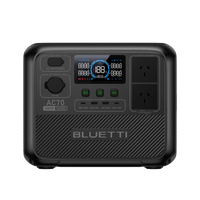
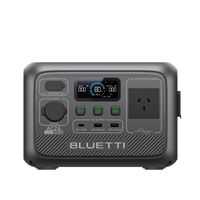
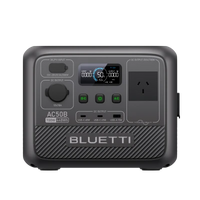

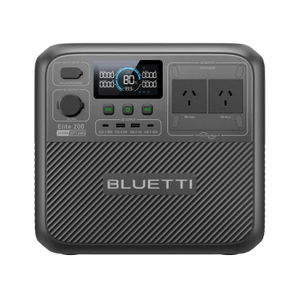
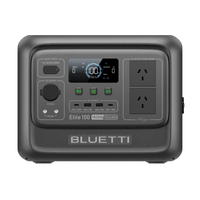
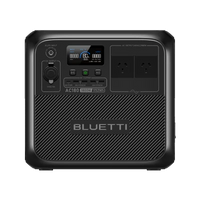
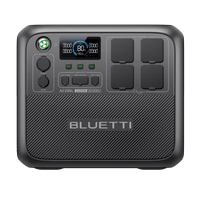
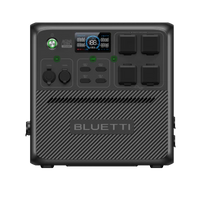
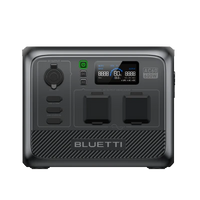
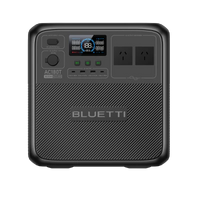


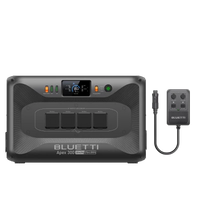

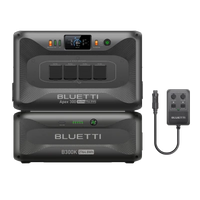
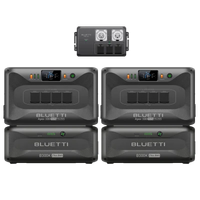
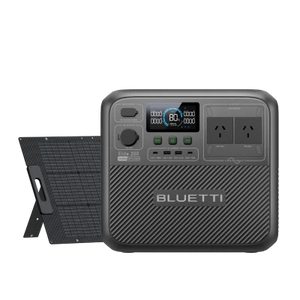
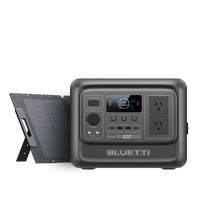
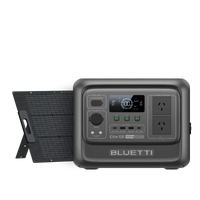
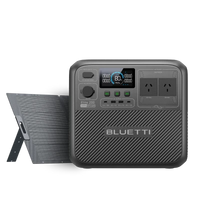
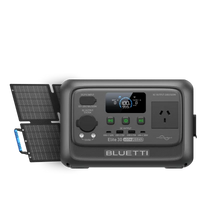
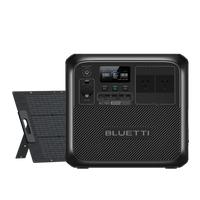
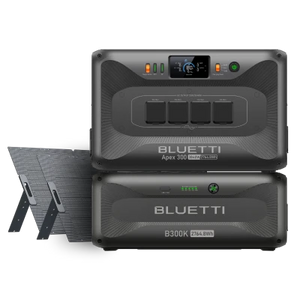
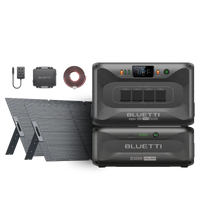
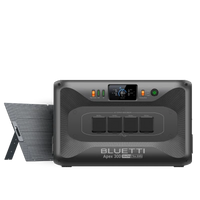
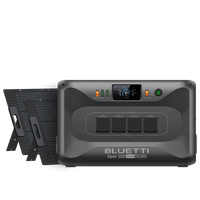
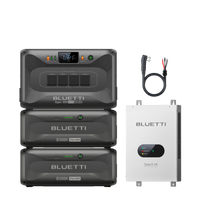

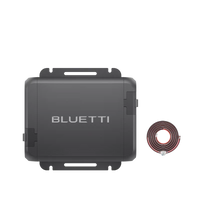
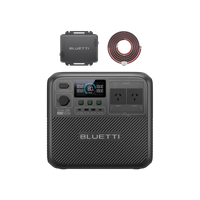
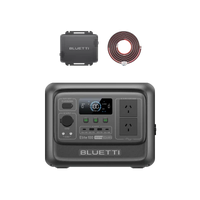
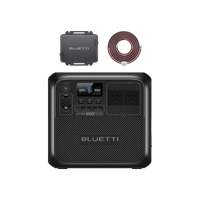
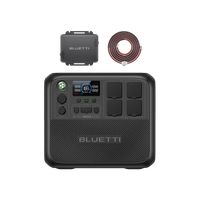
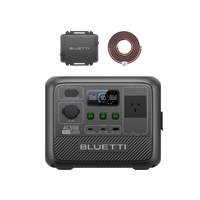
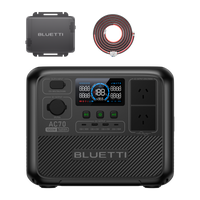


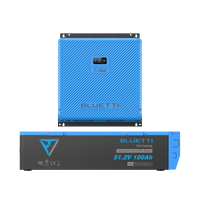
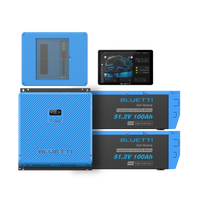
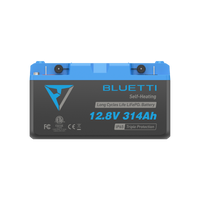
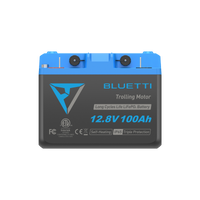
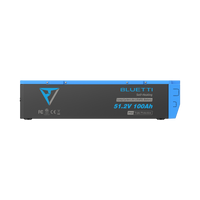
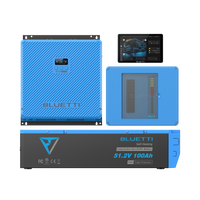
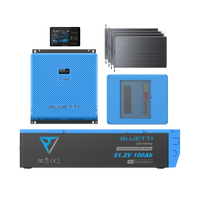
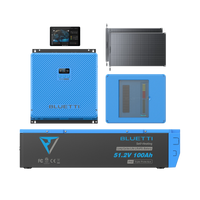
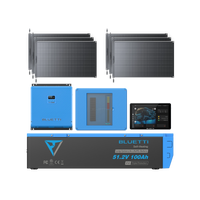
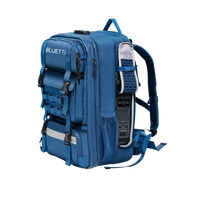
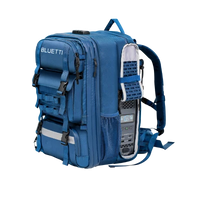
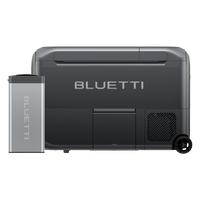
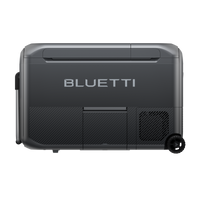
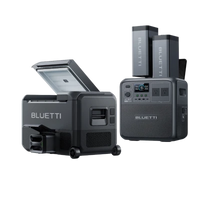
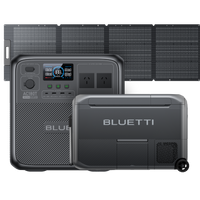
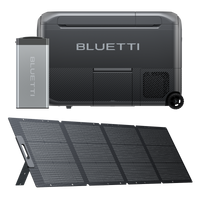
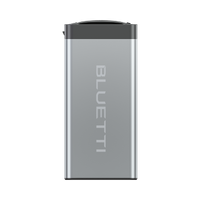
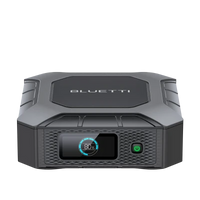
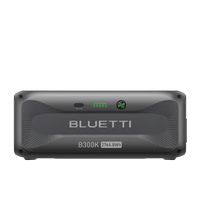

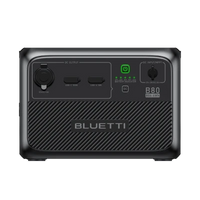
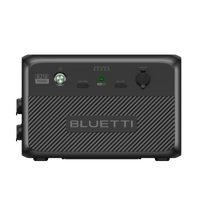

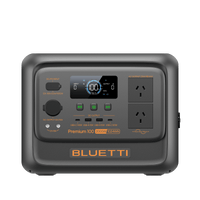
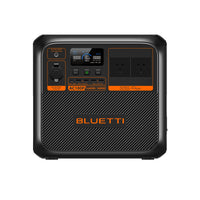

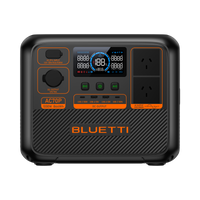
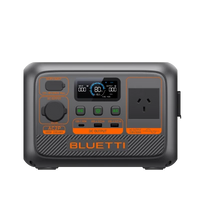
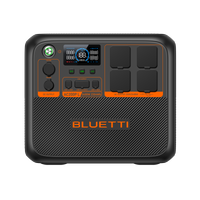
![[Phased Out] BLUETTI B80P Expansion Battery | 806Wh](http://www.bluettipower.com.au/cdn/shop/files/202310025B80P_2000-2000px_4_4caa0c1c-4dab-4272-9e9b-2b7507e5bd81.jpg?v=1713777870&width=200)
![[Phased Out] BLUETTI B210P Expansion Battery | 2,150Wh](http://www.bluettipower.com.au/cdn/shop/files/2_08cf9ef3-03a4-4489-b641-d3edb8094896.webp?v=1716016566&width=200)
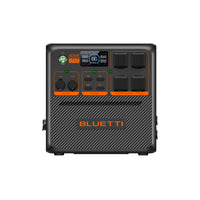
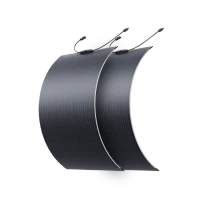
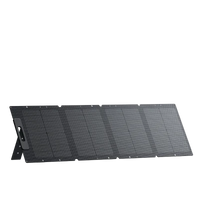
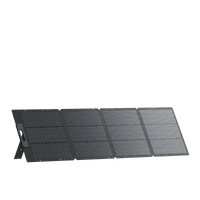
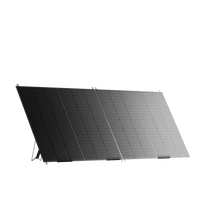

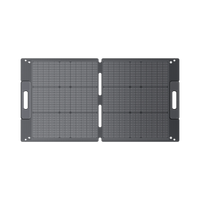

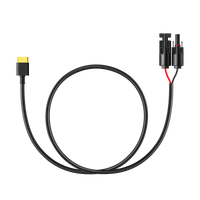
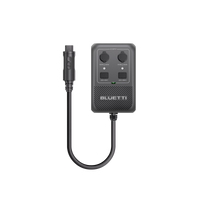
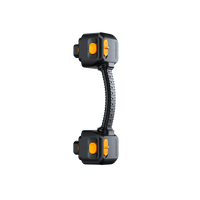
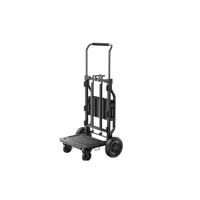
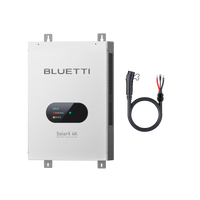
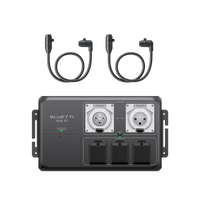
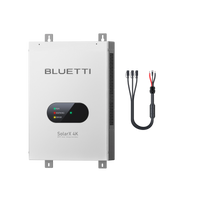
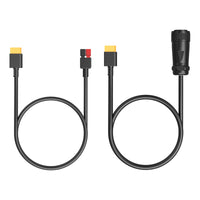
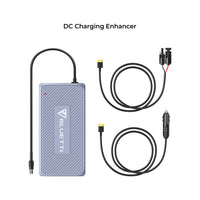

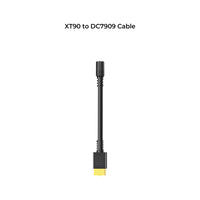
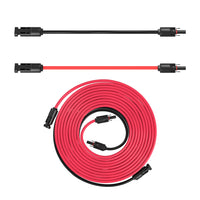
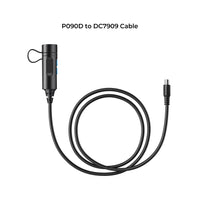
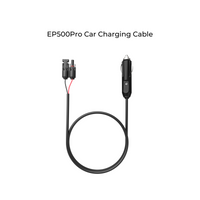
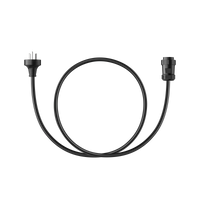
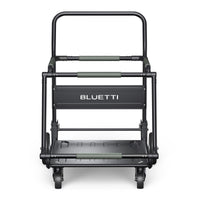
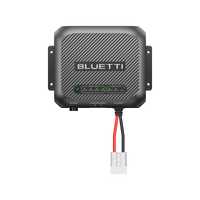
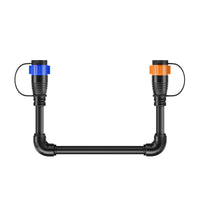



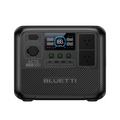
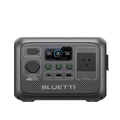
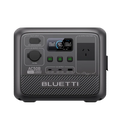


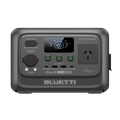
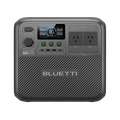
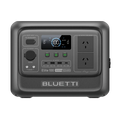
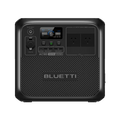
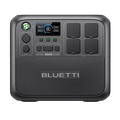
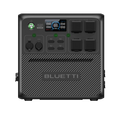
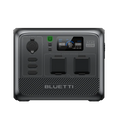
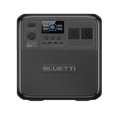


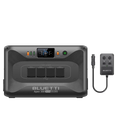

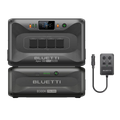
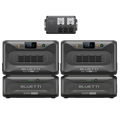




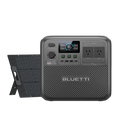
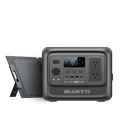
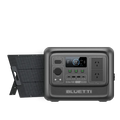
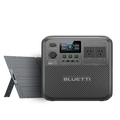
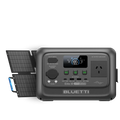
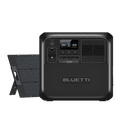
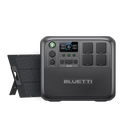
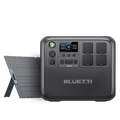




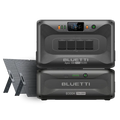
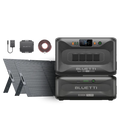
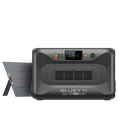
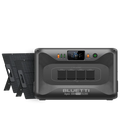
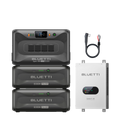

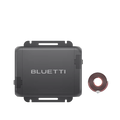
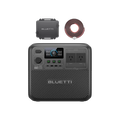
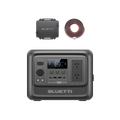
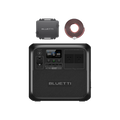
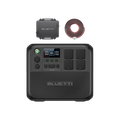
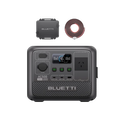
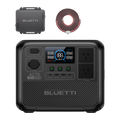
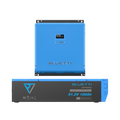
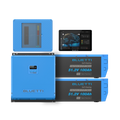
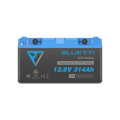


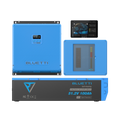


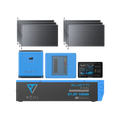
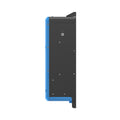
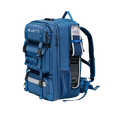
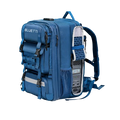
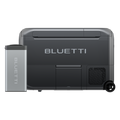
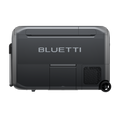
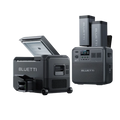
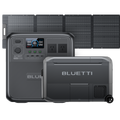
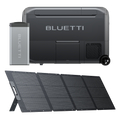

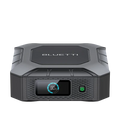
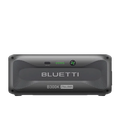

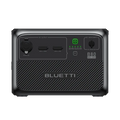
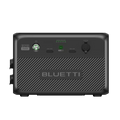
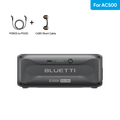
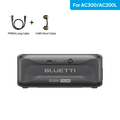
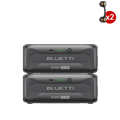
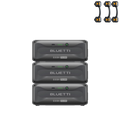




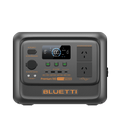
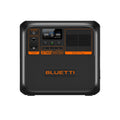

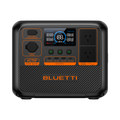
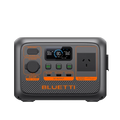
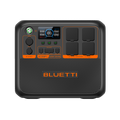
![[Phased Out] BLUETTI B80P Expansion Battery | 806Wh](http://www.bluettipower.com.au/cdn/shop/files/202310025B80P_2000-2000px_4_4caa0c1c-4dab-4272-9e9b-2b7507e5bd81.jpg?v=1713777870&width=120)
![[Phased Out] BLUETTI B210P Expansion Battery | 2,150Wh](http://www.bluettipower.com.au/cdn/shop/files/2_08cf9ef3-03a4-4489-b641-d3edb8094896.webp?v=1716016566&width=120)
